MARKET OVERVIEW
The gobal waste heat recovery market is evolving into a field in which innovation will revamp the way industries approach energy consumption and sustainability. Founded in the industrial industry, this market will continue to draw interest for its capacity to rebrand once-disregarded heat emissions as an asset. As businesses get ready for a future of tighter environmental regulations and increasing energy needs, the discussion regarding waste heat will not be technical anymore it will be strategic. Rather than simply be compliant, businesses will turn to waste heat recovery as an intelligent operational change that is both good for the environment and the bottom line.
The way that the gobal waste heat recovery market will go goes far beyond boiler efficiencies and changes at the plant level. What will come is a larger system-wide change, one in which waste heat is not only harvested but redirected into entirely new industrial loops. This transformation will not stay confined to factories or conventional heavy industry. The trend of energy recirculation will extend to data centers, office buildings, and transport, sites where heat loss typically gets overlooked but contributes considerably when looked at in aggregate. These industries will start reconfiguring their infrastructure not only to avoid waste but to utilize it in directions previously deemed impossible.
As technologies advance such as AI-powered monitoring systems, predictive thermal mapping, and adaptive control units, the gobal waste heat recovery market will trend towards hyper-efficiency. These technologies will not only diagnose real-time heat loss but also dynamically adapt systems to maximize capture and utilization without the need for human intervention. As digital infrastructure forms an increasingly integrated component of thermal energy systems, the definition of waste itself will change. Previously unusable or inaccessible heat will become increasingly incorporated into the utility loop. This digitized transformation will enable industries to expand solutions without necessitating total physical redone overhauls, making acceptance possible for businesses of all sizes.
One of the more dramatic shifts that will emerge has to do with collaboration across industries. Utilities and industry operators will not be working in isolation but will form ecosystems where heat will be a traded or shared resource. Picture industrial parks where another firm's waste heat will be another firm's source of power. This will not only lower the common energy costs but also strengthen closer business networks based on common sustainability objectives. Urban planners and governments will include these concepts in zoning policies and energy distribution systems, making waste heat recovery an inherent aspect of industrial design.
In the not-so-distant future, the gobal waste heat recovery market will no longer be viewed as an afterthought. It will be integrated into engineering and architectural planning from the very beginning. From equipment design to software simulation, all elements will start considering heat reuse as a parameter during the design, hence as a default parameter and not an afterthought. This new mindset will transform the industry from passive recovery towards active heat management where waste isn't only captured, but intentionally channeled to design smarter systems.
By revolutionizing the way waste energy is viewed and utilized, the gobal waste heat recovery market will no longer remain on the periphery of industrial advancement it will be integral to its very strategy.
Gobal waste heat recovery market is estimated to reach $117,357.85 Million by 2032; growing at a CAGR of 8.8% from 2025 to 2032.
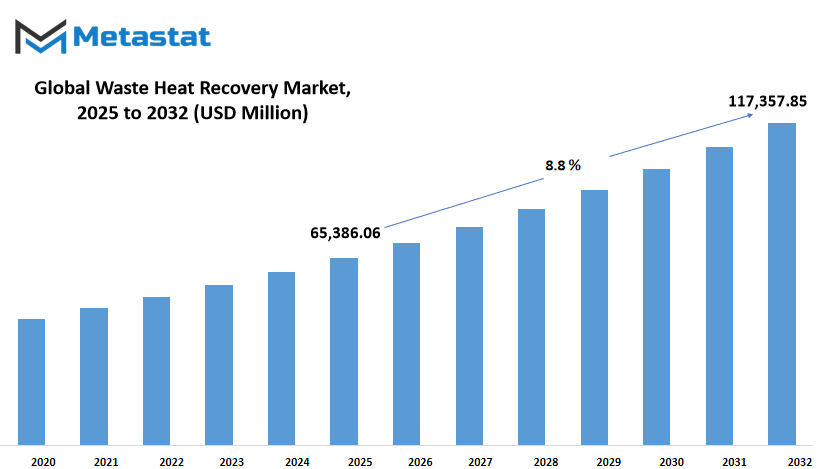
GROWTH FACTORS
The gobal waste heat recovery market is heading towards great change. With the growing pressure of increasing energy prices, businesses are more and more focusing on energy efficiency. Waste heat, previously written off as a waste, is now being embraced as an asset. Firms are considering means to lower their operating expenses, and waste heat recovery is emerging as a viable way to achieve this. As corporations continue paying attention to saving energy, systems that recuperate and reuse surplus heat are becoming increasingly attractive.
Government incentives are also making a difference. Everywhere from numerous countries, policy reforms and legislation are promoting industry to go green. Incentives and mandates based on energy efficiency are driving corporations to reconsider the way they approach energy use. This has created an environment that has initiated innovation in the development of systems that utilize waste heat as useful power, sometimes without the use of additional fuel. Being able to reduce costs and emissions, the systems are an intelligent decision for corporations under pressure from environmental organizations and regulators.
Despite this, there are still challenges. One of the biggest barriers is the large up-front investment that these systems require. While the long-term savings may pay for themselves, many companies are reluctant because the payback period is so long. Budget constraints often prohibit smaller companies from implementing such technology. There's also the simply practical matter of retrofitting these systems into older infrastructure. Most facilities were not constructed with heat recovery in mind, and retrofits can be technically challenging. Installation complexity and the possibility of requiring operating downtime can induce further resistance from decision-makers.
There are still grounds for hope, however. New industries like green hydrogen, advanced manufacturing, and carbon capture are busily looking for ways to increase their efficiency. In these applications, waste heat recovery may be a standard option instead of an optional extra. Combined heat and power (CHP) systems, which generate electricity and thermal energy at the same time, also emerge as an area of high potential. These systems are particularly beneficial in industries where constant energy delivery is critical, and they are increasingly finding their way into planning deliberations.
As concern for both environmental footprint and energy efficiency increases, increasing numbers of companies will come to see waste heat recovery as an economic as well as a strategic advantage. The gobal waste heat recovery market, despite some constraints, is steadily building pace and will further continue to offer good opportunities in the short term.
MARKET SEGMENTATION
By Application
The gobal waste heat recovery market has consistently progressed towards restructuring how industries perceive energy consumption. Presented by Metastat Insight in recent research, the market indicates a robust change in thinking, whereby waste is no longer viewed as an after-effect but as a potential source of energy. Waste heat, long written off as an inevitable loss, is increasingly being harnessed and recirculated, providing industries with a low-cost solution to fulfill their energy requirements while also responding to intensifying environmental challenges.
Central to the gobal waste heat recovery market revolution is its real-world application. The steam and power generation segment alone is projected to grow to $45,201.38 million, indicative of how much importance industries are assigning to a waste heat source becoming an asset. Instead of permitting the heat to move up inside the air or into water, companies are spending cash on technology that rework it into usable power, both to strength their very own structures or to feed returned onto the grid. Not best is that this electricity-saving, but it's also lowering emissions some thing it is becoming an increasing number of vital in evolved and growing countries alike.
Pre-heating is every other vicinity of utility that holds a number of ability. Rather than the use of gas exclusively to burnish substances or system to the perfect temperature, industries are utilizing waste warmth that is been captured to get matters commenced. This minute adjustment can result in full-size savings in the end, mainly in industries including cement, chemical compounds, and metal processing where severe warmth is a day-to-day requirement. Though it is able to not get the limelight that goes to giant electricity production, pre-heating contributes to the bigger picture of power performance that some of industries are now pursuing.
As greater countries implement tighter controls on emissions and energy consumption, this enterprise will maximum certainly enlarge. Industries recognize that streamlining their strategies is not best healthful for the planet it's wholesome for the lowest line. As developing scrutiny falls on long-term sustainability and better electricity prices, the technologies and equipment used for waste warmth restoration are no longer visible as a nicety. They're turning into requirements.
In the years to come, waste heat recovery will have a larger part in the way industries design and construct their facilities. From minor modifications such as pre-heating to grand solutions producing steam and electricity, the drive to utilize every last shred of energy is establishing a new benchmark. This is not merely about saving money it's about making smart use of resources and building a world where waste is a valuable commodity.
By End User
The gobal waste heat recovery market is shaping as much as be one of the maximum large trends in commercial sustainability. As industries face increasing stress to lessen emissions and cut down on electricity intake, waste warmness once unnoticed or released into the atmosphere is now being seen as a valuable supply of power. This shift isn't always only approximately conservation but additionally about performance, cost financial savings, and lengthy-time period environmental obligation.
Across industries, big quantities of warmth are produced in the course of operations and usually misplaced during exhaust or cooling approaches. Capturing this warmth and changing it into usable energy is what defines waste warmness recuperation. It’s no longer a new concept, but it's far one which’s turning into more practical and important as technology improves and regulations tighten. Companies are realizing that recovering this strength can considerably lower their reliance on conventional gas assets and improve their operational economics.
By cease user, the gobal waste heat recovery market is divided into petroleum refining, chemical, metallic manufacturing and casting, herbal gas compression, and other sectors. These industries normally run on excessive-energy processes that generate huge warmth waste, making them best for making use of restoration structures. For instance, in petroleum refining and chemical production, heat healing can be applied to preheat combustion air, generate steam, or maybe produce energy. In metal manufacturing and casting, the acute warmth concerned in smelting and shaping metals can be captured and redirected, regularly main to lower power costs and decreased strain on equipment. Similarly, herbal gasoline compression a procedure important to transportation and storage gives any other possibility for recuperating electricity that could otherwise cross unused.
The selection to invest in these systems is pushed no longer simply by way of regulatory stress, but with the aid of tangible returns. As gas prices differ and sustainability takes middle stage in enterprise method, companies are looking for approaches to hold performance while staying in advance of environmental demands. Waste heat recovery, on this mild, offers a practical solution. It's no longer most effective approximately saving what changed into once lost however about questioning smarter with the energy already being generated.
As we flow ahead, the gobal waste heat recovery market will preserve to benefit importance, particularly in areas pushing for cleaner commercial practices. The development in recuperation era, mixed with growing cognizance and incentives, will possibly encourage extra industries to adopt those systems. Rather than permitting precious heat to get away into the air, the focal point is moving in the direction of the usage of it as a source of energy quietly reworking the way industries function with out disrupting their center methods.
In a global in which performance is turning into the spine of competitiveness, waste heat healing isn’t just an option it’s a essential step. It reflects a future where waste isn't always an quit point however a new starting, providing a smarter, cleaner manner to supply and preserve strength throughout some of the arena’s most demanding sectors.
|
Forecast Period |
2025-2032 |
|
Market Size in 2025 |
$65,386.06 million |
|
Market Size by 2032 |
$117,357.85 Million |
|
Growth Rate from 2025 to 2032 |
8.8% |
|
Base Year |
2024 |
|
Regions Covered |
North America, Europe, Asia-Pacific, South America, Middle East & Africa |
REGIONAL ANALYSIS
Presented by way of Metastat Insight, the gobal waste heat recovery market maintains to make bigger as regions around the world searching for smarter methods to control commercial efficiency and sustainability. As industries push for more responsible power use, the concept of capturing and reusing warmness that might otherwise be wasted has started to make more financial and environmental sense. Across essential global zones, this practice is slowly turning into a extra trendy part of commercial design.
Geographically, the gobal waste heat recovery market stretches across key areas, every gambling a distinct function in shaping the general photo. In North America, the waste heat recovery market is prepared into the U.S., Canada, and Mexico. Among those, the U.S. Suggests sturdy pastime, usually because of its consciousness on smooth power answers and retrofitting older commercial setups. Canada and Mexico observe with constant hobby, in large part motivated with the aid of regional guidelines and change alignment with the U.S.
Europe, domestic to the UK, Germany, France, Italy, and a broader section categorised as the Rest of Europe, has shown regular traction. Germany sticks out with its long-status emphasis on green energy and innovation-pushed business infrastructure. Countries like France and the UK additionally deliver momentum, subsidized by using environmental commitments and modernization of producing techniques.
The Asia-Pacific place consists of India, China, Japan, South Korea, and the Rest of Asia-Pacific. China and India, driven by using their huge manufacturing output and growing power needs, are displaying developing hobby in recovery technologies. Japan and South Korea, with their technical expertise and industrial adulthood, are also critical members, presenting advanced structures and putting examples for efficient operations.
In South America, Brazil and Argentina lead the manner. The ability for waste heat recuperation right here is progressively being tapped as governments and industries start recognizing the long-time period price blessings. Although growth remains catching as much as other regions, signs point to extra adoption over the years, especially as neighborhood rules start assisting power-saving technology.
The Middle East & Africa segment covers GCC Countries, Egypt, South Africa, and a broader Rest of Middle East & Africa class. In the Gulf states, the electricity discussion is shifting from just manufacturing to extra sustainable practices, such as recycling waste warmth. South Africa and Egypt, each with growing business sectors, are regularly moving in the identical direction, balancing monetary needs with power conservation.
Across all areas, the growing awareness of power waste and the supply of era to lessen it is encouraging broader adoption. While the tempo varies, the route is apparent: extra nations are seeing waste warmness recuperation no longer just as an upload-on, however as an crucial part of accountable business improvement.
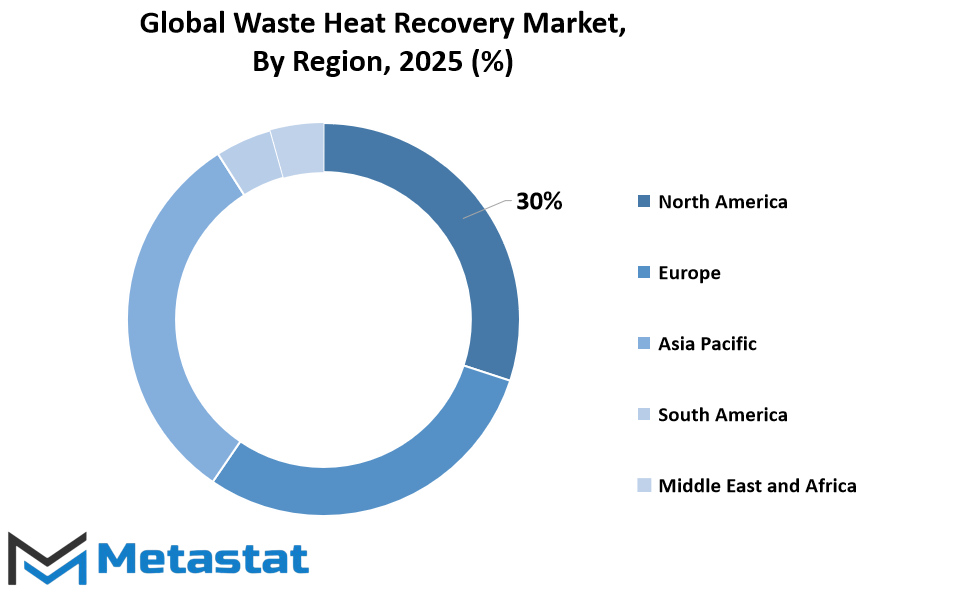
COMPETITIVE PLAYERS
Presented in a current look at via Metastat Insight, the gobal waste heat recovery market is gaining interest as industries around the arena are looking for better approaches to apply power successfully. Waste warmth, that's strength left over from industrial operations, regularly is going unused. But with developing worries approximately useful resource depletion and growing strength fees, organizations are actually turning to structures that may seize and reuse this strength. These structures are not simplest assisting industries lower costs however additionally decreasing their environmental effect, which has come to be a critical a part of lengthy-term enterprise planning.
Many agencies are showing strong hobby in this shift. Businesses that once permit valuable warmness escape into the air are now finding methods to redirect it again into their techniques or convert it into energy. This is particularly useful in sectors like chemical substances, metal, cement, and strength technology, where operations evidently produce a whole lot of warmth. By reusing what turned into once seen as waste, these industries are cutting down on gas wishes and emissions. In today’s global, where both electricity efficiency and sustainability count number greater than ever, this approach makes each monetary and environmental sense.
This exchange is subsidized by way of a wide range of businesses running tough to improve the era. Some of the most important names active within the Waste Heat Recovery industry include ABB Ltd., Alfa Laval AB, GEA Group Aktiengesellschaft, thyssenkrupp Uhde GmbH, Robert Bosch GmbH, Cool Energy, Inc., Danfoss A/S, Econotherm Ltd., Echogen Power Systems, Inc., General Electric Company, Zeeco, Inc., Mitsubishi Hitachi Power Systems, Ltd., Ormat Technologies, Inc., Wellons, Inc., Siemens AG, Thermax Limited, and Valmet Corporation. These gamers are contributing via product development, partnerships, and tailor-made solutions to match distinctive business desires. Their efforts are making the systems more reachable and practical for a much wider institution of companies.
What makes this improvement even extra promising is its destiny capacity. Waste heat recuperation structures will possibly play a bigger component in commercial making plans within the coming years. Governments and environmental organizations are encouraging industries to reduce down on greenhouse gas emissions, and those systems provide a smart manner to conform without sacrificing performance. They also assist groups put together for stricter energy regulations by way of decreasing dependence on fossil fuels.
While technology is not new, current push for cleaner energy use has given it fresh speed. Earlier, the cost of installing the recovery system hesitated some businesses. But with better design and more efficient components, investment is getting easier to justify. In addition, long -term savings in energy bills often balance the initial setup costs, especially in large -scale operations.
Looking forward, the gobal waste heat recovery market will continue to expand as more industries recognize its value. Once ignored, it is now being converted into a resource that supports both profit and stability. This change is not just a trend - this is an indication that industries are ready to make smart options for the future.
Waste Heat Recovery Market Key Segments:
By Application
- Steam and Power Generation
- Pre-Heating
By End User
- Petroleum Refining
- Chemical
- Metal Production and Casting
- Natural Gas Compression
- Other
Key Global Waste Heat Recovery Industry Players
- ABB Ltd.
- Alfa Laval AB
- GEA Group Aktiengesellschaft
- thyssenkrupp Uhde GmbH
- Robert Bosch GmbH
- Cool Energy, Inc.
- Danfoss A/S
- Econotherm Ltd.
- Echogen Power Systems, Inc.
- General Electric Company
- Zeeco, Inc.
- Mitsubishi Hitachi Power Systems, Ltd.
- Ormat Technologies, Inc.
- Wellons, Inc.
- Siemens A
WHAT REPORT PROVIDES
- Full in-depth analysis of the parent Industry
- Important changes in market and its dynamics
- Segmentation details of the market
- Former, on-going, and projected market analysis in terms of volume and value
- Assessment of niche industry developments
- Market share analysis
- Key strategies of major players
- Emerging segments and regional growth potential



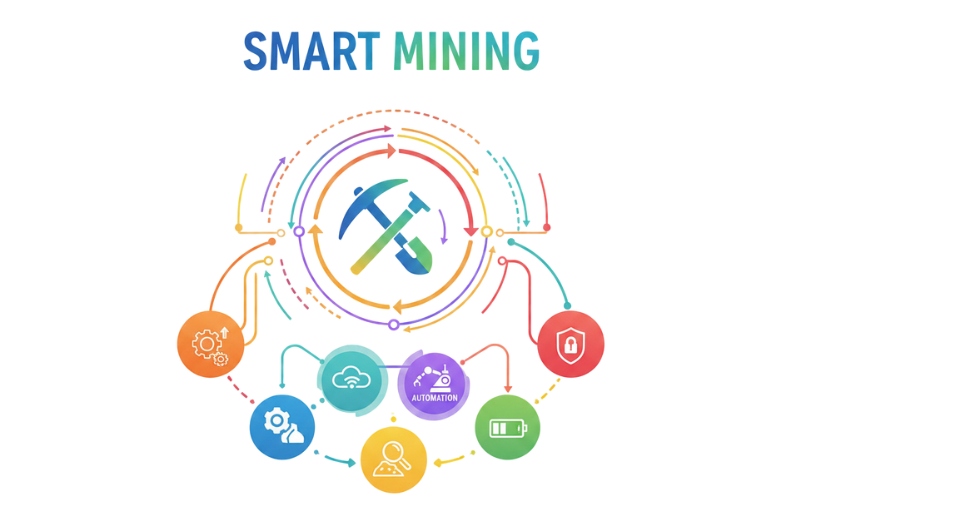
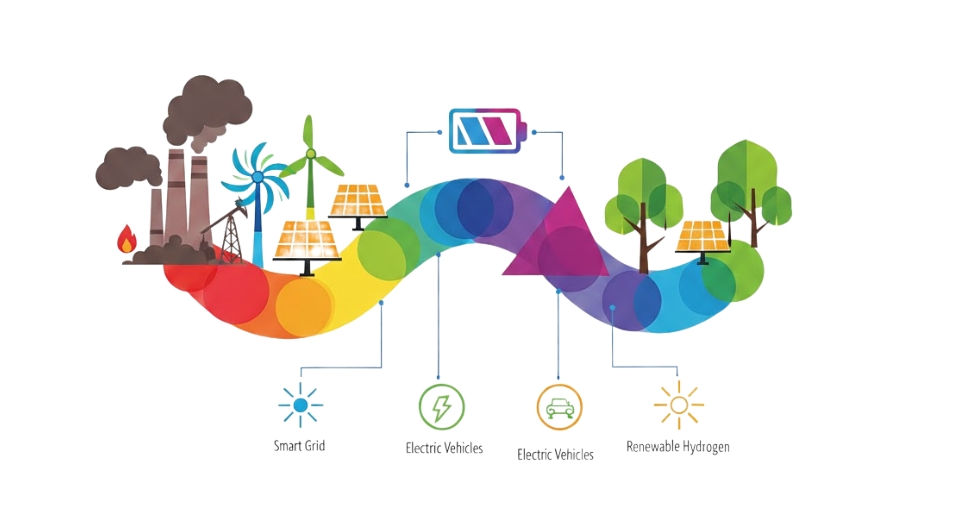

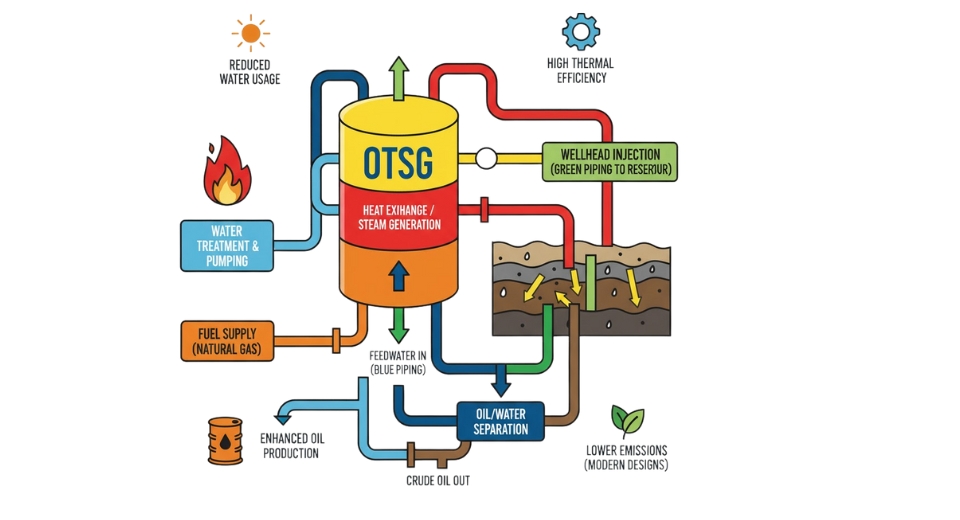

 US: +1-(714)-364-8383
US: +1-(714)-364-8383






